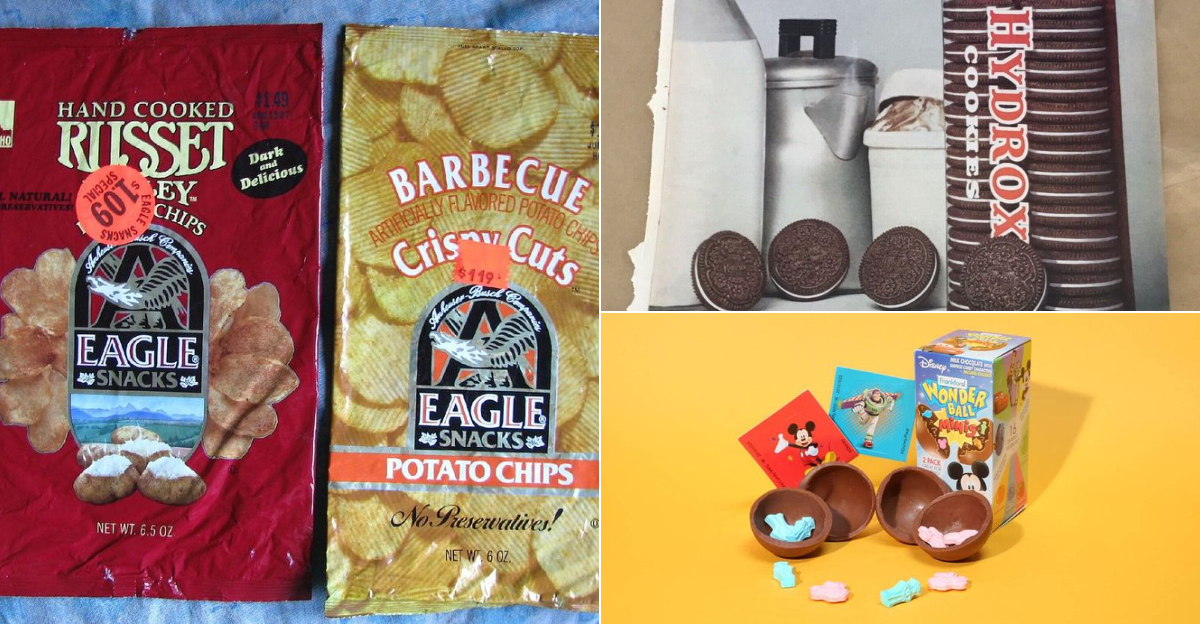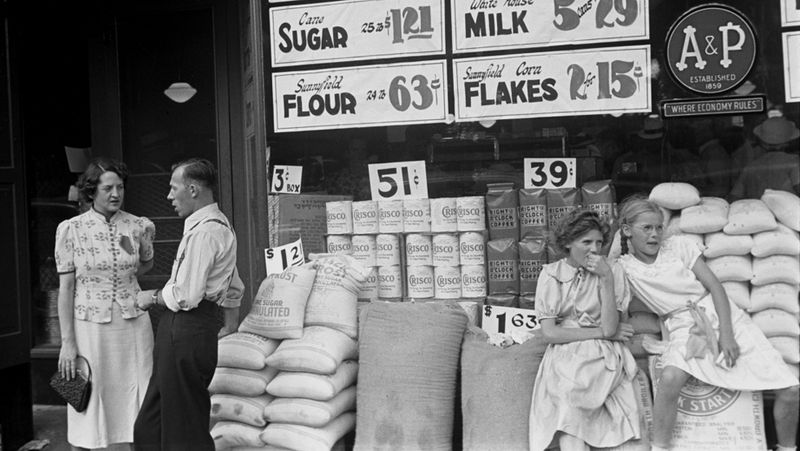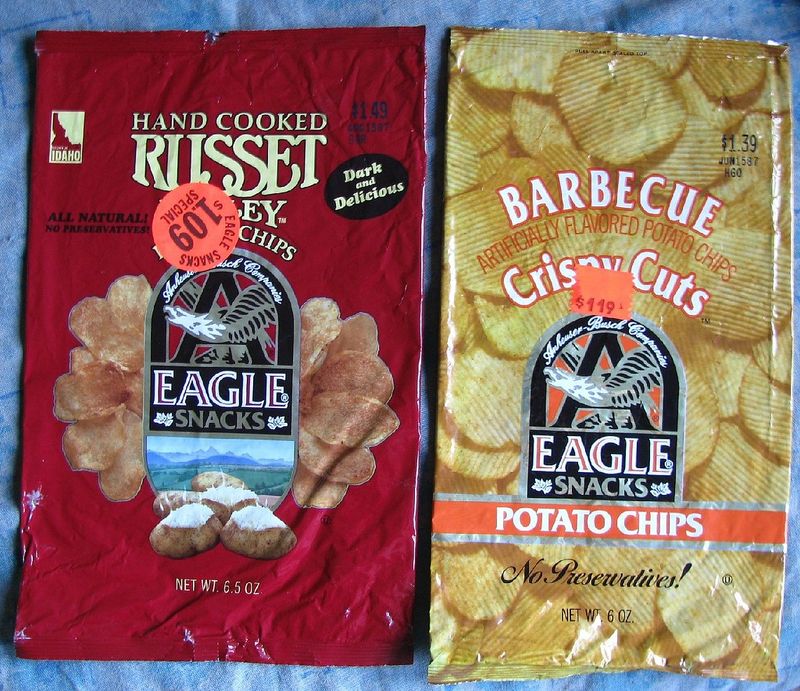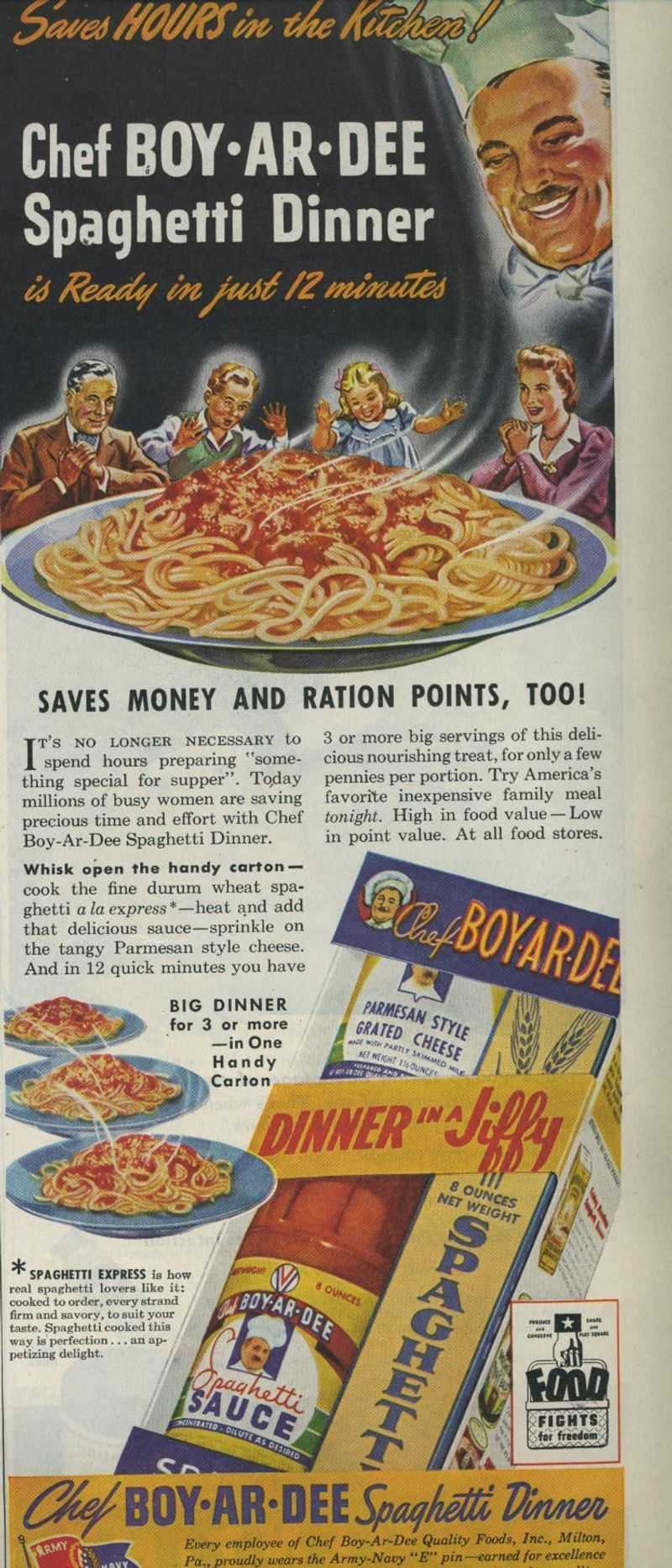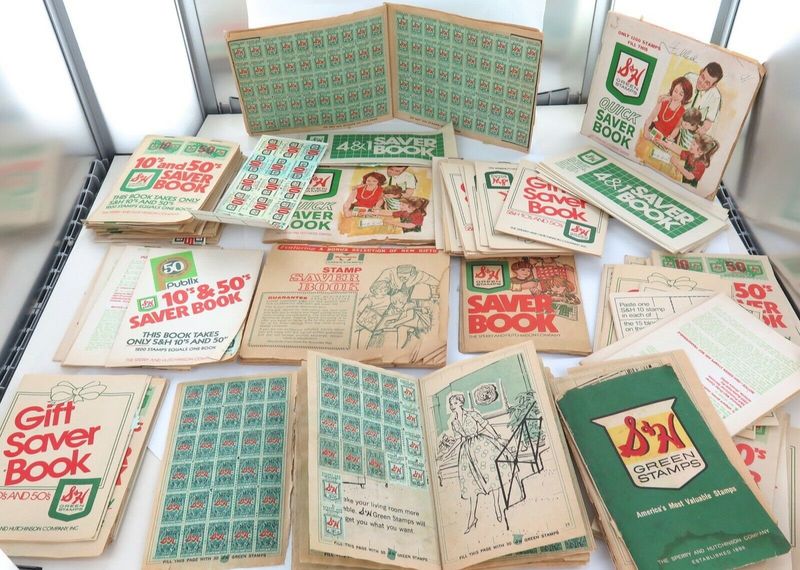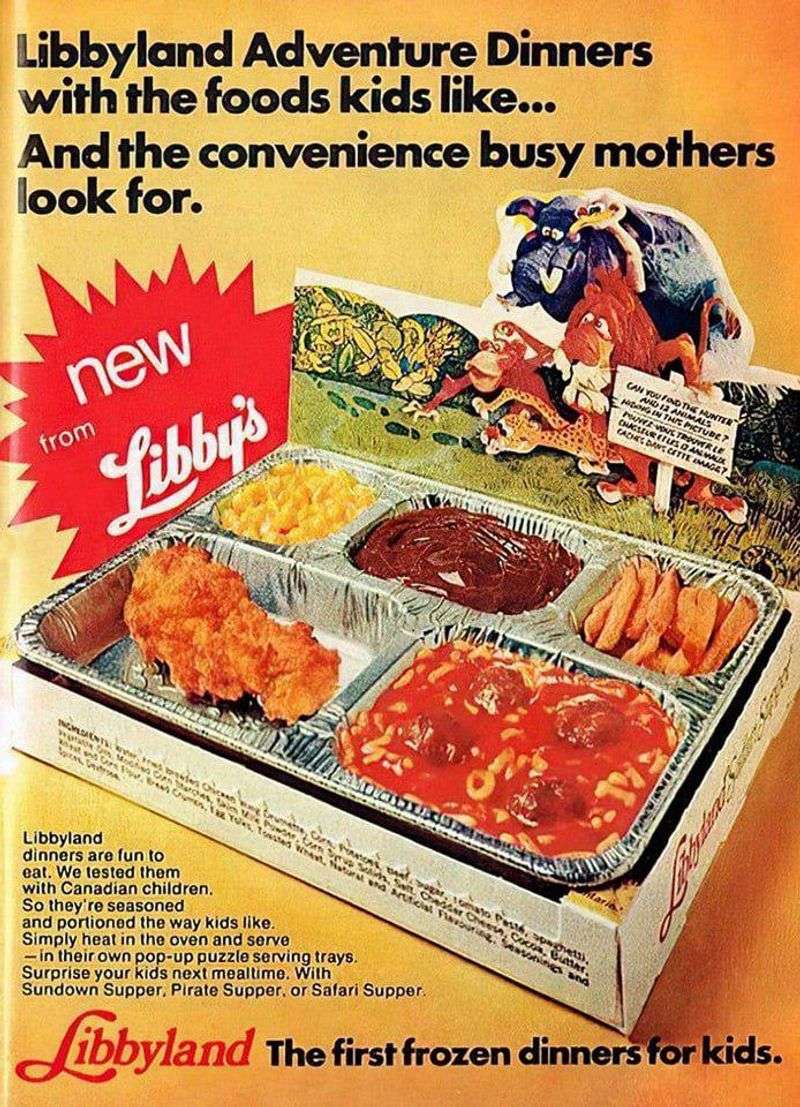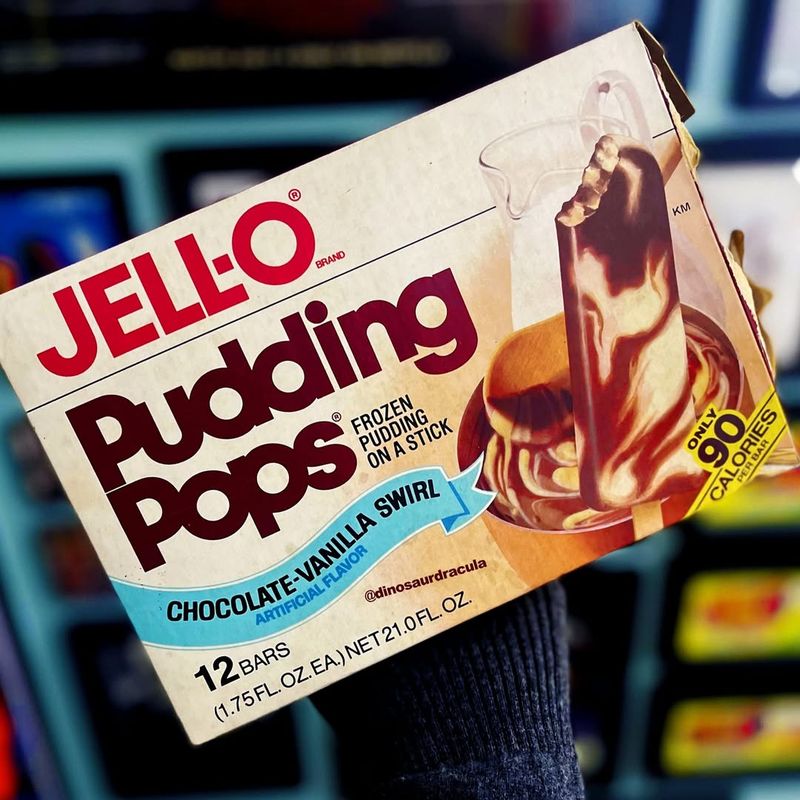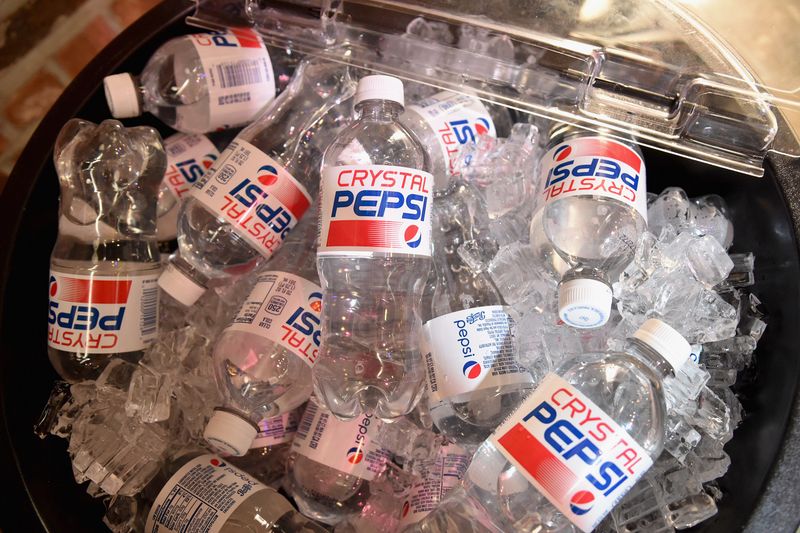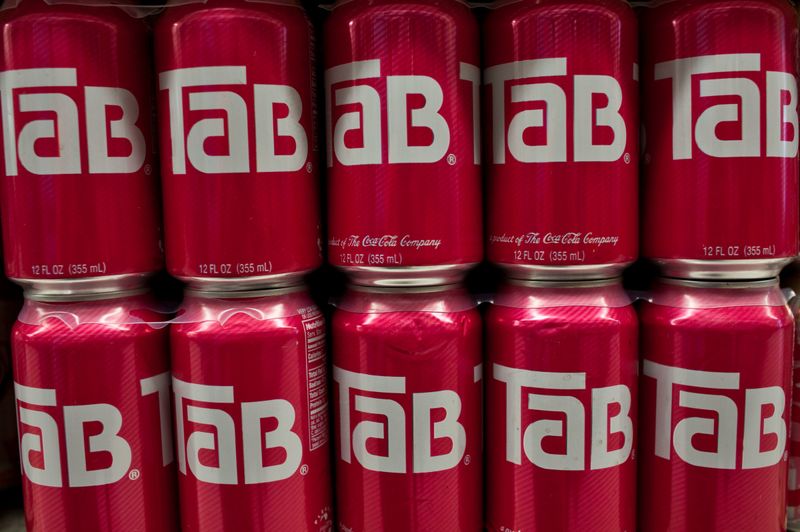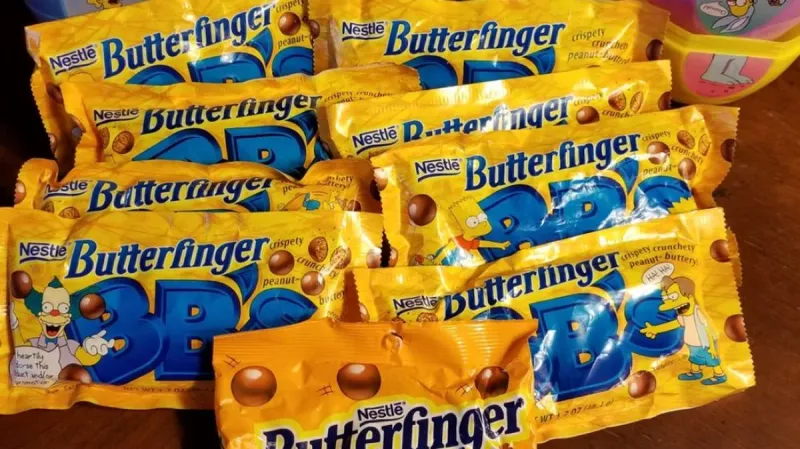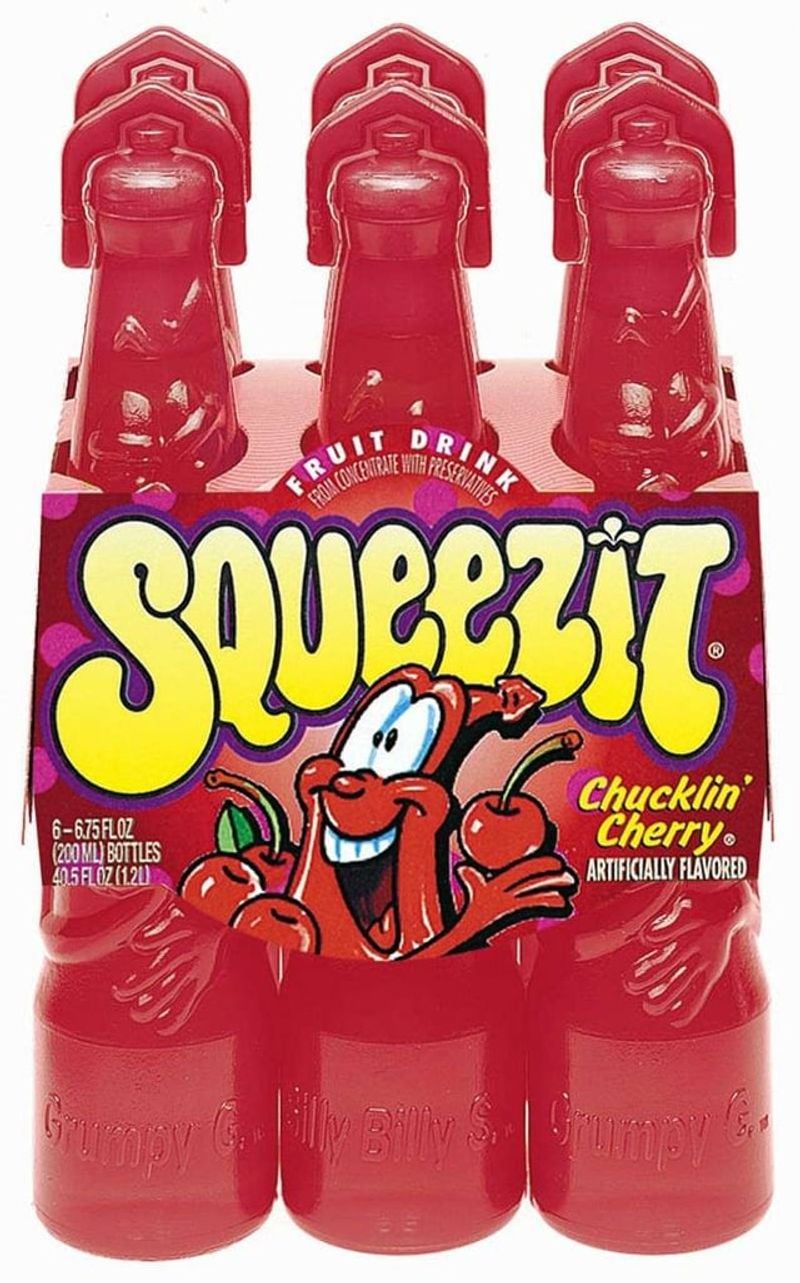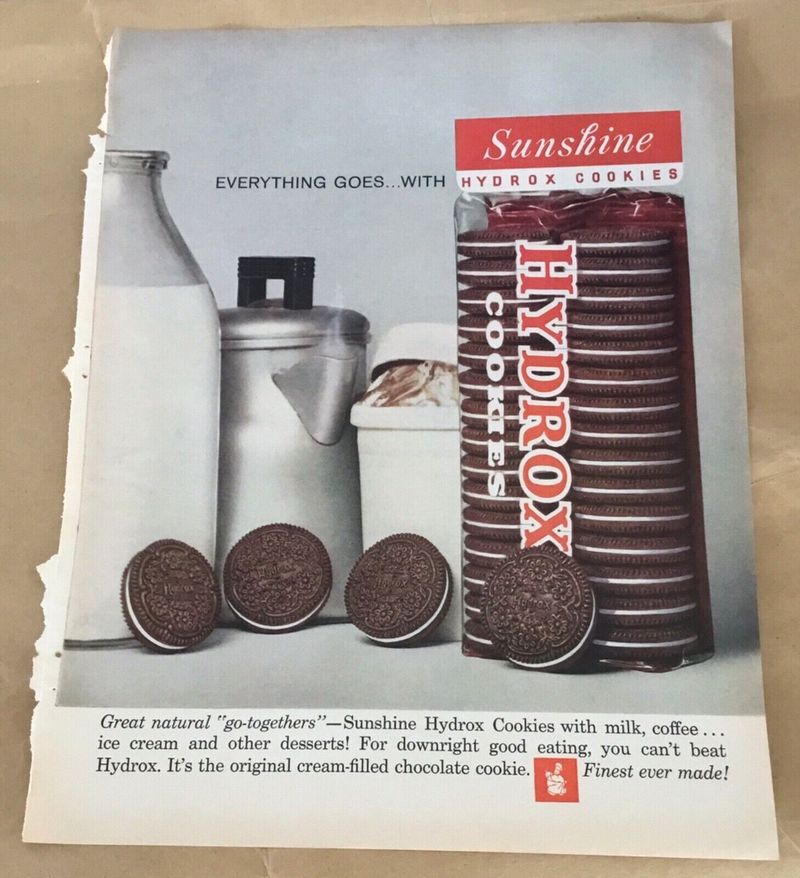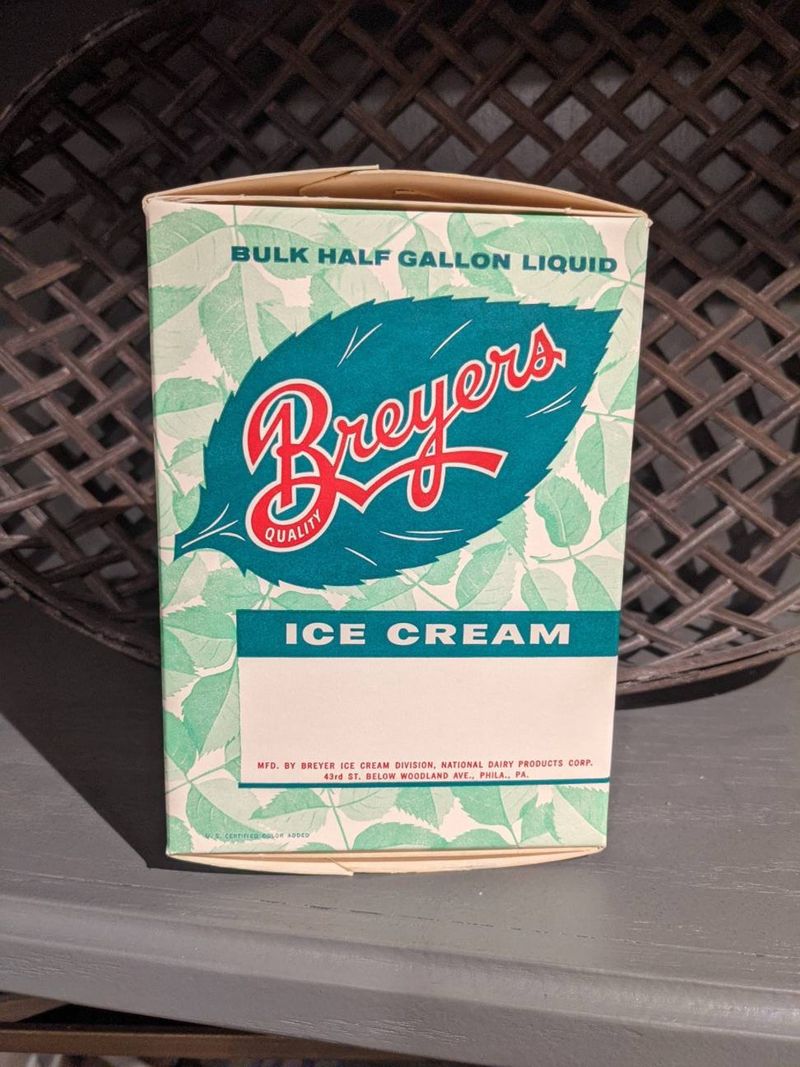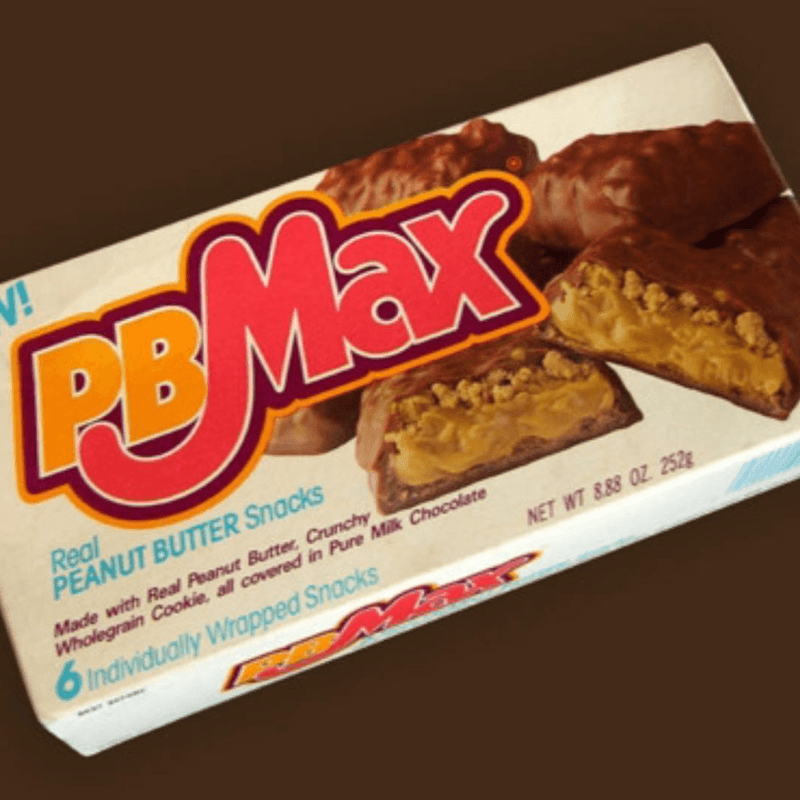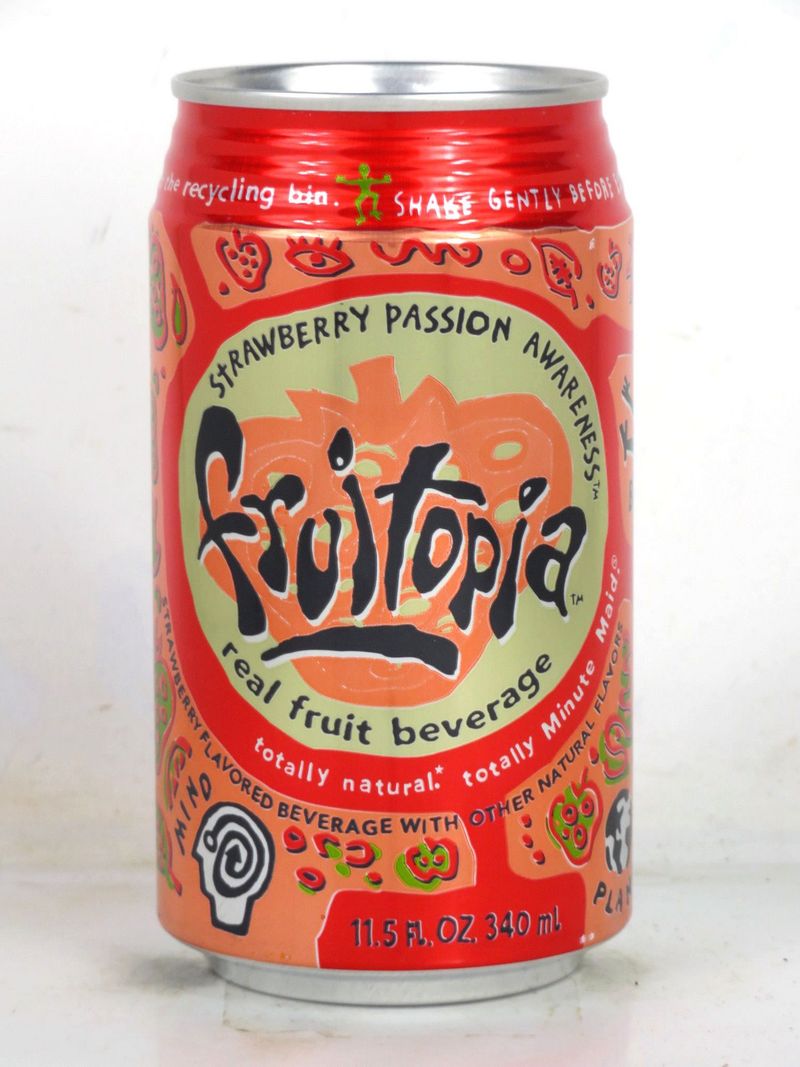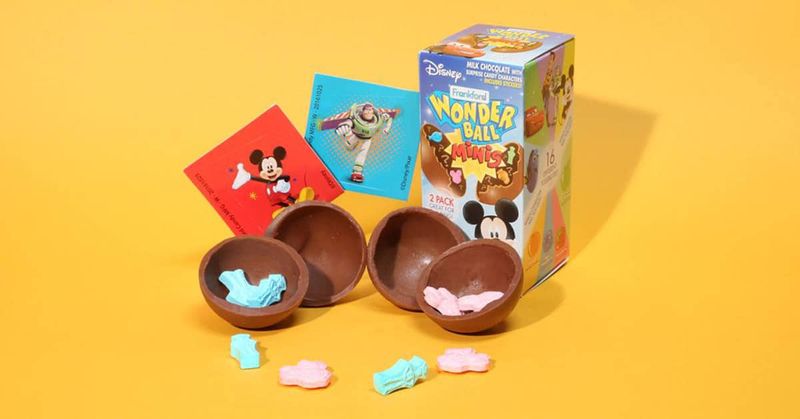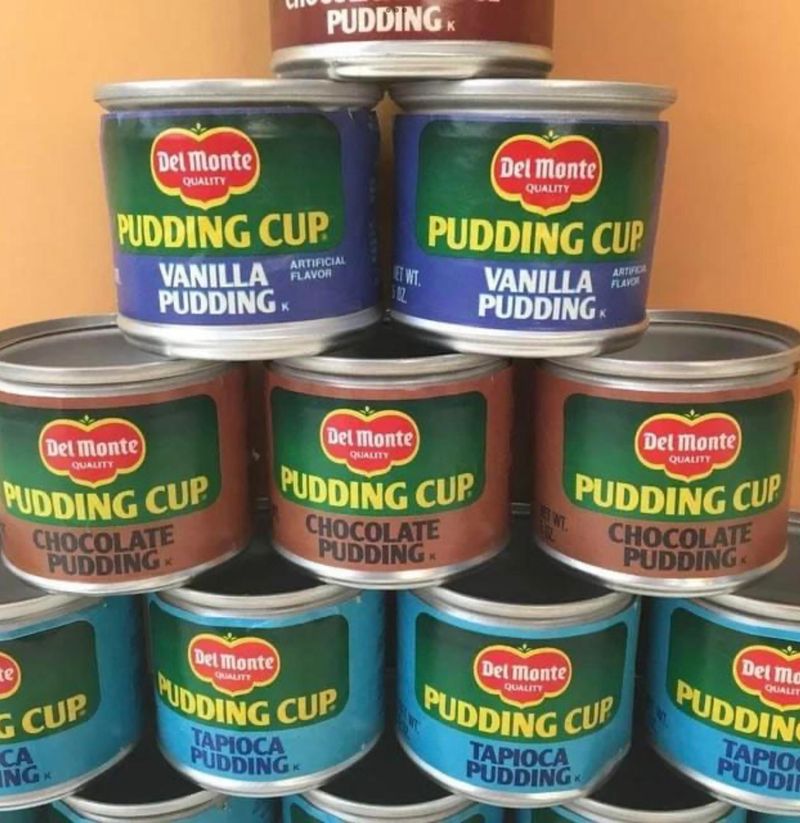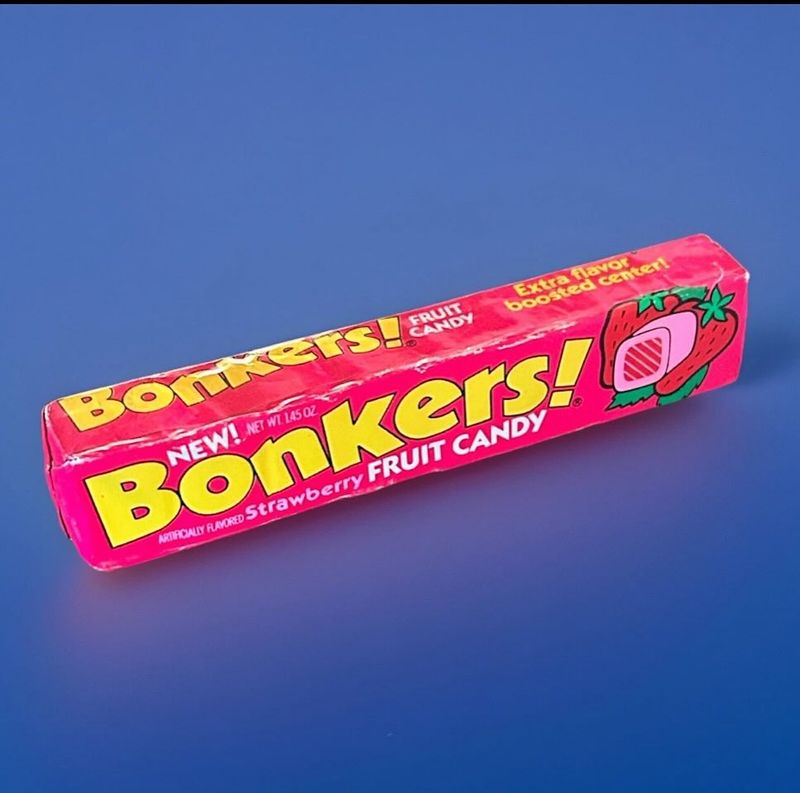Explore the nostalgic journey through 19 iconic supermarket brands that left a mark on consumer history. From the pioneering grocery stores to unique snack ventures, these brands provided products and experiences that defined shopping for generations. Each brand, though no longer in existence or evolved beyond recognition, carved a special place in the retail landscape. Delve into a list that celebrates innovation, nostalgia, and the inevitable changes of the marketplace, as these brands remain cherished memories in the minds of those who once filled their carts with these iconic products.
1. A&P (The Great Atlantic & Pacific Tea Company)
Once towering over the retail landscape, A&P was a giant that transformed how America shopped. As the original supermarket chain, it introduced the novel idea of prepackaged goods, revolutionizing the grocery experience. Founded in 1859, A&P expanded rapidly, peaking in the mid-20th century. Despite its pioneering status, the chain struggled to adapt to the shifting retail environment, ultimately declaring bankruptcy in 2015. Its legacy, however, endures as a trailblazer in the supermarket industry, remembered fondly by those who shopped its aisles.
2. Borders Books & Café (In-Store Coffee Shops)
In the 1990s, Borders Books & Café became synonymous with a new kind of retail experience—one that combined literature with leisure. The integration of cafés within bookstores was a novel concept that drew bibliophiles and casual readers alike. Despite its popularity, the rise of digital books and online retailers like Amazon led to its downfall in 2011. Yet, for many, Borders remains a cherished memory of afternoons spent browsing books while sipping coffee, a beloved haven for book lovers everywhere.
3. Eagle Snacks (Anheuser-Busch’s Failed Chip Venture)
Eagle Snacks, launched by Anheuser-Busch in 1979, aimed to dominate the snack aisle with products like pretzels and cheese puffs. Despite the beer giant’s marketing power, Eagle Snacks couldn’t compete with established brands like Frito-Lay. Its short-lived reign ended in 1996, but it left an impression on snack enthusiasts who fondly recall the bold flavors and distinctive packaging. Though overshadowed, Eagle Snacks represents a bold, albeit unsuccessful, attempt to diversify within the food industry.
4. Chef Boyardee (The OG Italian-American Canned Pasta)
Chef Boyardee’s canned pasta brought the taste of Italy to American homes during the Great Depression. Founded in the 1920s, this brand became a pantry staple with its convenient, affordable meals. Though still available today, Chef Boyardee has lost its vintage charm, overshadowed by modern competitors. However, its legacy endures as a pioneer in accessible, international cuisine, fondly remembered by those who grew up with its iconic red cans lining their kitchen shelves.
5. S&H Green Stamps
Long before digital rewards, S&H Green Stamps were the loyalty currency of the mid-20th century. Shoppers collected stamps with each purchase, redeeming them for household items like toasters and furniture. Originating in 1896, this rewards system peaked in popularity in the 1960s and 70s. Eventually, the digital age rendered Green Stamps obsolete. Yet, they are nostalgically remembered as a unique shopping incentive that brought excitement to the mundane task of grocery shopping.
6. Libbyland (The Ketchup That Looked Like a Tomato)
Libbyland ketchup, with its playful tomato-shaped bottles, added whimsy to the 1980s kitchen. While the product delighted children and intrigued adults, its gimmicky nature led to its eventual discontinuation. Despite its short-lived presence, Libbyland is fondly remembered for its creative packaging that stood out among ordinary condiments. It remains a quirky footnote in the history of grocery products, cherished for its attempt to turn a simple condiment into a conversation starter.
7. Jell-O Pudding Pops
Jell-O Pudding Pops were the quintessential freezer treat of the 1980s and 1990s. Marketed by Bill Cosby, these creamy pops became a staple in American households, providing a cold, rich dessert option. However, shifting tastes and controversies led to their decline. Despite their disappearance, Jell-O Pudding Pops are nostalgically remembered as a beloved childhood treat, a reminder of simpler times and the enduring appeal of a well-crafted dessert product.
8. Wienerschnitzel Grocery (Yes, the Hot Dog Chain Sold Groceries)
In a curious twist, Wienerschnitzel, known for its hot dogs, ventured into the grocery market in the 1960s and 70s. Offering a unique blend of fast food and retail, the chain sold canned goods alongside its signature sausages. While the grocery experiment was short-lived, it remains a fascinating chapter in the brand’s history. Wienerschnitzel eventually returned to its roots, but the grocery venture is fondly remembered by those who experienced this unusual combination.
9. Clear Pepsi
Clear Pepsi, launched in 1992, was the ultimate ’90s novelty—a clear cola that puzzled and intrigued consumers. Despite initial curiosity, the product struggled to find a lasting fan base. By 1994, Clear Pepsi was discontinued, leaving behind a legacy as a quirky experiment in beverage innovation. It’s fondly remembered for capturing the spirit of an era marked by bold, unconventional ideas and remains a nostalgic symbol for those who experienced the decade’s unique offerings.
10. Tab Cola
Tab Cola, introduced in 1963, was a trailblazer in the diet soda market, catering to calorie-conscious consumers. With its distinctive pink cans and a taste adored by many, Tab became a cultural icon. However, changing consumer preferences and Coca-Cola’s strategic decisions led to its discontinuation in 2020. Despite its absence, Tab Cola remains a cherished memory for its devoted fans, symbolizing a bygone era of diet soda that captivated the hearts of many.
11. Butterfinger BB’s
Butterfinger BB’s, launched in the 1990s, captured the hearts of candy lovers with small, crunchy peanut butter balls. Despite their popularity, these delightful treats were mysteriously discontinued, leaving fans yearning for their return. Known for their unique texture and irresistible flavor, Butterfinger BB’s remain a nostalgic favorite among candy enthusiasts. Their absence in the market is a testament to their lasting impact and the fond memories they evoke of childhood indulgence.
12. Squeezit Juice Bottles
Squeezit Juice Bottles were a staple of 1990s lunchboxes, offering vibrant, neon-colored juices in fun, squeezable bottles. Despite their popularity among kids, these sugary drinks eventually fell out of favor as parents grew more health-conscious. Nevertheless, Squeezit remains a beloved relic of childhood for those who enjoyed its whimsical packaging and sweet flavors. Its presence on the shelves of yesteryear is fondly remembered by those who experienced its quirky charm.
13. Hydrox Cookies (The Original Oreo)
Hydrox Cookies, introduced in 1908, predate the more famous Oreo but were overshadowed in the cookie market. Known for their crisp texture and unique flavor, Hydrox held a loyal fan base. Despite a brief revival in 2015, they ultimately succumbed to Nabisco’s marketing might. Hydrox Cookies are remembered as the original cream-filled delight, cherished by those who favored their distinct taste over their more famous competitor.
14. Breyers Ice Cream (When It Was Real Ice Cream)
Breyers Ice Cream was renowned for its commitment to quality, using real cream and vanilla beans until cost-cutting changes altered its formula. Once a staple in freezers, the brand’s shift to ‘frozen dairy dessert’ disappointed longtime fans. Despite this transformation, Breyers retains a loyal following who fondly recall the brand’s original, rich flavors. It remains a symbol of a time when quality ingredients were at the forefront of the ice cream industry.
15. PB Max (The Better Reese’s PB Cup)
PB Max, introduced in 1989, offered a unique twist on peanut butter confections with whole oats and chocolate. Despite its appeal, Mars Inc. discontinued PB Max to focus on other brands. Fans remember it for its satisfying crunch and rich flavors. Even in its absence, PB Max remains a cherished memory among candy aficionados who appreciated its inventive combination of ingredients and lament its departure from the candy aisle.
16. Fruitopia (The Trippy ‘90s Juice)
Fruitopia, launched in 1994, captured the ’90s spirit with its psychedelic advertising and unique flavors like ‘Strawberry Passion Awareness.’ Despite its initial success, it was overshadowed by competitors like Snapple. Fruitopia’s legacy endures as a quirky icon of its time, remembered for its bold marketing and vibrant presence on store shelves. It’s a nostalgic symbol for those who enjoyed its colorful embrace and unconventional flavors during its heyday.
17. Wonder Ball (The Chocolate with Toys Inside)
Wonder Ball, reminiscent of the Kinder Egg, delighted children in the 1990s with toys hidden inside chocolate spheres. Although popular, concerns over choking hazards and legal challenges led to its discontinuation in 2004. Despite its demise, Wonder Ball remains a cherished memory for those who experienced its joy. It stands as a nostalgic reminder of a time when candy offered both a treat and a toy, capturing the imagination of young consumers.
18. Pudding in a Can (Snack Pack’s Forgotten Cousin)
During the 1970s and 80s, pudding in a can was an unusual yet convenient snack option, offering a taste of indulgence in a tin. Despite its novelty, it was soon overshadowed by more cost-effective plastic cups. While no longer available, canned pudding is remembered fondly by those who enjoyed its smooth texture and nostalgic charm. It remains a testament to a time when packaging innovation promised convenience in the kitchen.
19. Bonkers! Candy (The Chewy ‘80s Fruit Cubes)
Bonkers! Candy, launched in the 1980s, brought a burst of flavor with its chewy fruit cubes. Despite its appeal and catchy advertisements, Bonkers! couldn’t compete in the crowded chewy candy market. Though discontinued, it remains a fond memory for those who reveled in its intense flavors and playful packaging. Bonkers! represents a time when candy was an adventure, offering bold tastes and a flash of nostalgia for those who savored its fruity delights.
